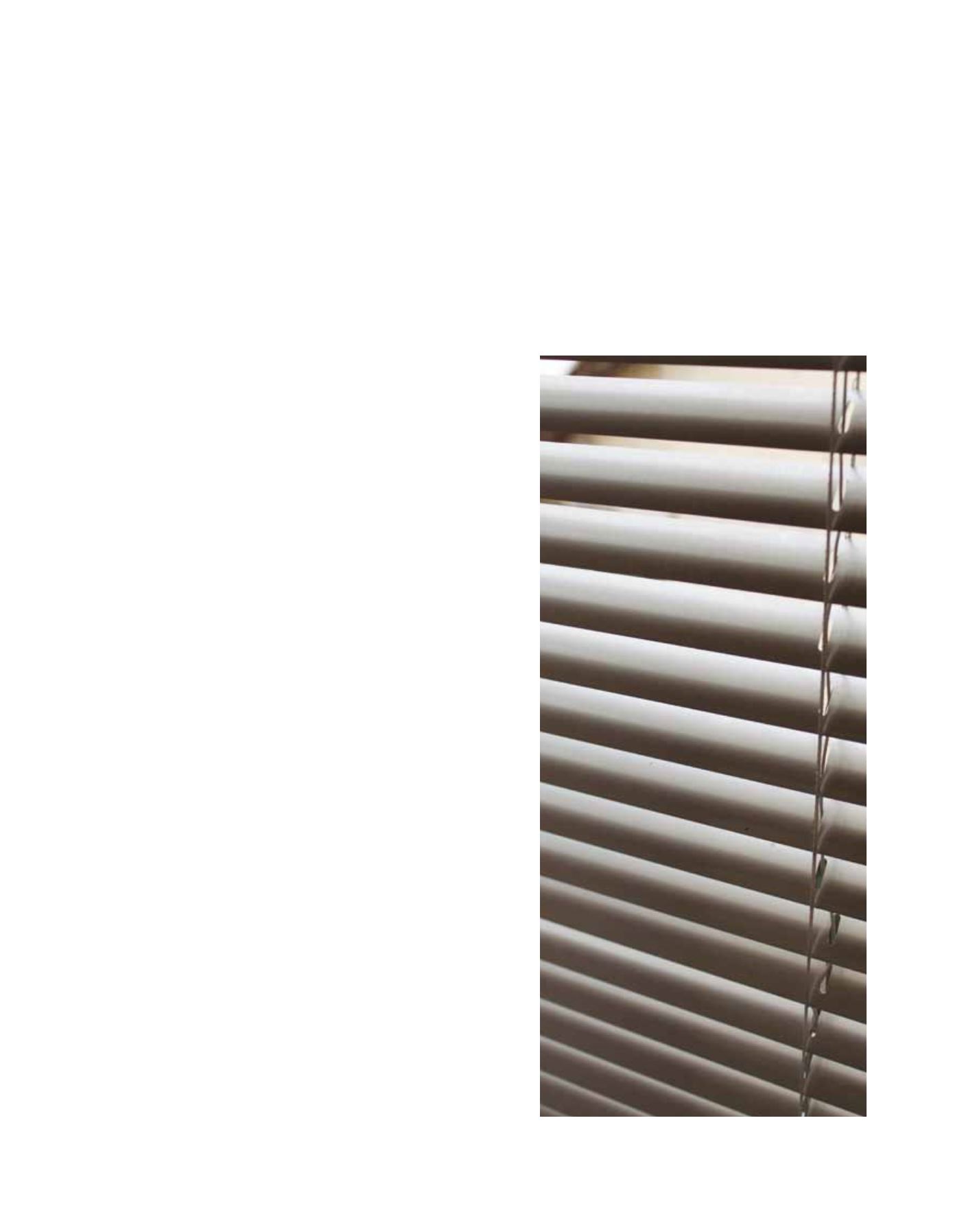

[
] 108
H
ealth
the future number of hot days has been calculated
for a several cities in Germany using various regional
climate models.
11
DWD’s experience and knowledge in climate impact
modelling and assessment of derived information
about future climate in different sectors might also
be applicable to other countries. However, this would
entail adapting DWD’s tools and procedures to specific
circumstances in other countries. DWD will be happy
to support the development and provision of national
climate services in other countries with its experience
and knowledge.
Set. DWD will continue to disseminate heat warnings as they fall
within the list of its legal duties, and as no other institution is
allowed to issue official warnings.
Due to the federal structure of Germany, DWD had to negotiate
cooperation agreements with all 16 Laender individually, as they are
responsible for issuing guidance to organizations for taking action.
A HHWS can only save lives if effective intervention measures are
implemented. As public health intervention has to be triggered by
the Laender health systems, DWD can only influence the effective-
ness of the meteorological component of the HHWS and is not able
to influence the public health component.
As part of the negotiations with the Laender, the users who would
receive DWD’s warnings had to be identified, and technical details
on how to communicate clarified. At first, a long list of fax numbers
and email addresses had to be maintained by DWD. In some of the
Laender the public health authority takes care of distributing the
warnings to end users. DWD has now switched direct distribution of
the warnings to its newsletter system, with end users responsible for
maintaining correct email addresses. A few interfaces in the Laender
still receive the warnings by fax.
As the mass media consists of independent organizations, DWD
has no influence on using this means of communication to dissemi-
nate warnings. Warnings need to be reliable and available on a
routine basis, so DWD must provide them on platforms that it
controls, such as the website and newsletter.
Outlook
A process has been established for monitoring, evaluating and
improving the whole warning system of DWD, of which the HHWS
is just one element. Quality management indices have been iden-
tified for the meteorological component of the HHWS and the
warning mechanism is continually being improved according to
performance against these. Feedback is generally positive and the
service will be continued.
Issues still to be addressed include direct user contact – for
example, how can elderly people, many of whom live alone, be
informed and measures initiated? Another issue is how to better
address indoor climate, as only a few houses in Germany have air
conditioning. As people (and especially the vulnerable popula-
tion) stay indoors most of the time, the German HHWS is currently
extended by the prediction of heat stress in typical rooms, so it is
feasible to forecast heat stress using a combination of outdoor and
indoor predictions. Another issue results from the special climate
in dense urban settlements. DWD is also considering developing
applications for mobile devices for personalized services.
In principle, DWD’s HHWS can be applied in other countries
due its flexible approach to assessing heat load. It has not yet been
directly implemented in another country, but several national mete-
orological and hydrological services (NMHS) have shown a keen
interest. Some have been provided with the underlying Klima-
Michel model, although it isn’t known whether this is being used
for heat load warnings.
Since 2005, DWD’s HHSW has demonstrated its usefulness
during several heat waves and the warnings are widely accepted by
public health authorities. In future, with a warming climate, more
of these warnings can be expected. As an indicator for heat load
affecting human health, the number of hot days for Germany as a
whole is routinely presented in the German Climate Atlas in terms
of historical, present and future climate conditions. In addition,
Image: Cisco Ripac/pixelio.de
Closed blinds protect indoor conditions against the heat outdoors
















